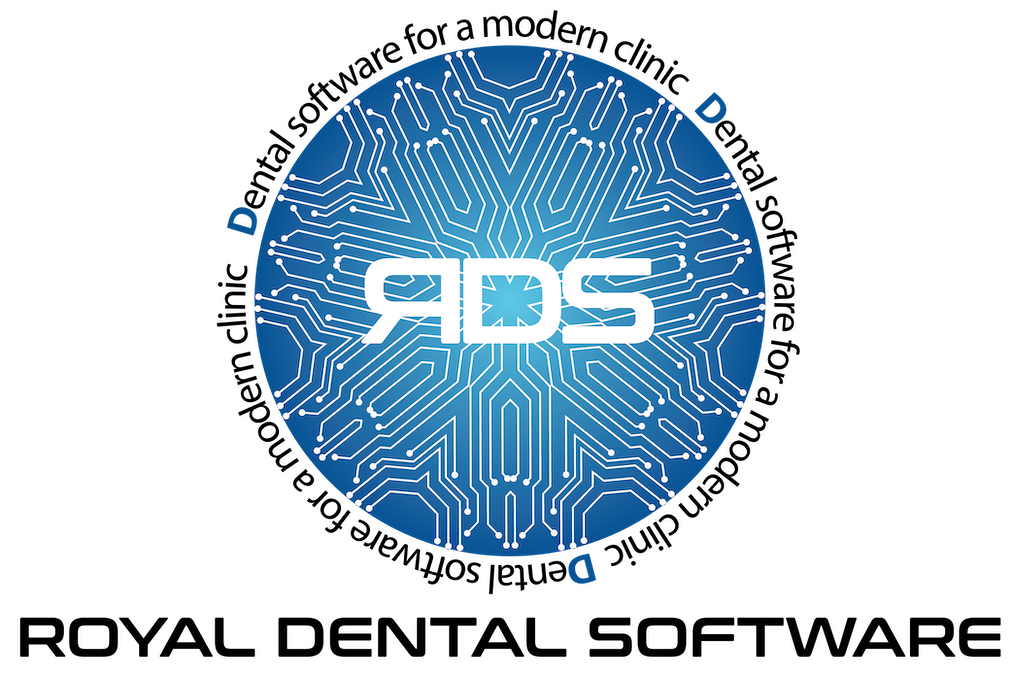MySQL
See Advanced Topics.
New installations of the Royal dental Software Trial Version use MariaDB. Existing Royal dental Software installations can continue to use MySQL or upgrade to MariaDB. See MariaDB.
The Royal dental Software database runs on MySQL which is a very robust and reliable database with extensive features and millions of installations worldwide.
MySQL versions:
- We recommend using MariaDB 10.5, however many offices are on MySQL 5.5.
- We do support MySQL version 5.6 but you should have a dedicated IT team and understand the risks before updating.
- If you would like to update to MySQL version 5.7, you may do so, but we do not support it. We do have customers using it though.
General Overview
- A database is simply a collection of tables (about 390 in this case). The database server runs on one computer and every copy of Royal dental Software that connects to it is referred to as a client. The MySQL connection from the client is created after clicking OK on the Choose Database window. The User and Password boxes must match a MySQL username and password (MySQL Security).
- Overall configuration of MySQL is controlled by the my.ini file on the database server. Inside of the my.ini file is a data path Variable which is set when MySQL is installed or upgraded. The database files themselves (mysql\data) will always be located on the same computer where MySQL is installed, not to another computer or NAS (too slow).
- In MySQL, certain words are reserved and cannot be used as identifiers for the database, tables, columns, etc. Also, databases should not be named only numbers (e.g. 2014). Do not use databases named mysql.
- MySQL Server Variables: There are some users who do not use the Royal dental Software Installer (Trial Version) to install MySQL. We only support MySQL 5.5 or MariaDB in our installer. Any other versions of MySQL or MariaDB are not supported by Royal dental Software and may cause problems with your database. In addition, MySQL must be installed using the MyISAM default engine, not InnoDB. If you do not use the installer provided by Royal dental Software, you may end up with extra server variables as part of the installation.
MySQL server variables are stored in the my.ini file that is part of the installation process. If you do not use our installer, you will tend to get a variety of errors. Errors will also tend to happen during an update process, corrupting the database. If you are not sure if MySQL server variables are the problem, look at this file: C:\Program Files\MySQL\MySQL Server 5.5\my.ini. It should look like the examples in my.ini.
How to Determine if MySQL is Installed
MySQL should be installed on the server. There are two ways to ensure MySQL is installed:
- On the server, go to Services. See if the MySQL service is listed.
- On the server, go to Add or Remove programs. See if an existing installation of MySQL is listed.
How to Determine if MySQL is Running
The MySQL server will run as a service on one computer. To easily determine if MySQL is running, use the management console.
- Right-click on Computer and click Manage.
- Open Services and Applications.
- Open Services. These are all the programs (services) that are running in the background without a user interface. MySQL would show as started.
How to Determine the current MySQL Version
- On the server, from Windows, open Services.
- Navigate to the MySQL service, then right-click to view properties.
- In the Path to Executable, find the path to mysqld.exe. (Typically, C:\Program Files (x86)\MySQL\MySQL Server 5.5\bin\mysqld.exe)
- Open that path, then right-click on mysqld.exe and select properties.
- In the details tab, note the version.
How to Start/Stop the MySQL Service
Option 1:
- From Windows, run CMD as an administrator.
- To start the MySQL service, type net start mysql.
- To stop the MySQL service, type net stop mysql.
Option 2:
- From Windows, open Services.
- Find MySQL in the list.
- Click Start or Stop.
Option 3:
- Open the Service Manager.
- Double-click MySQL from the list.
- Click Start or Stop.
To access the data in your MySQL database, use the table viewer in User Query.


